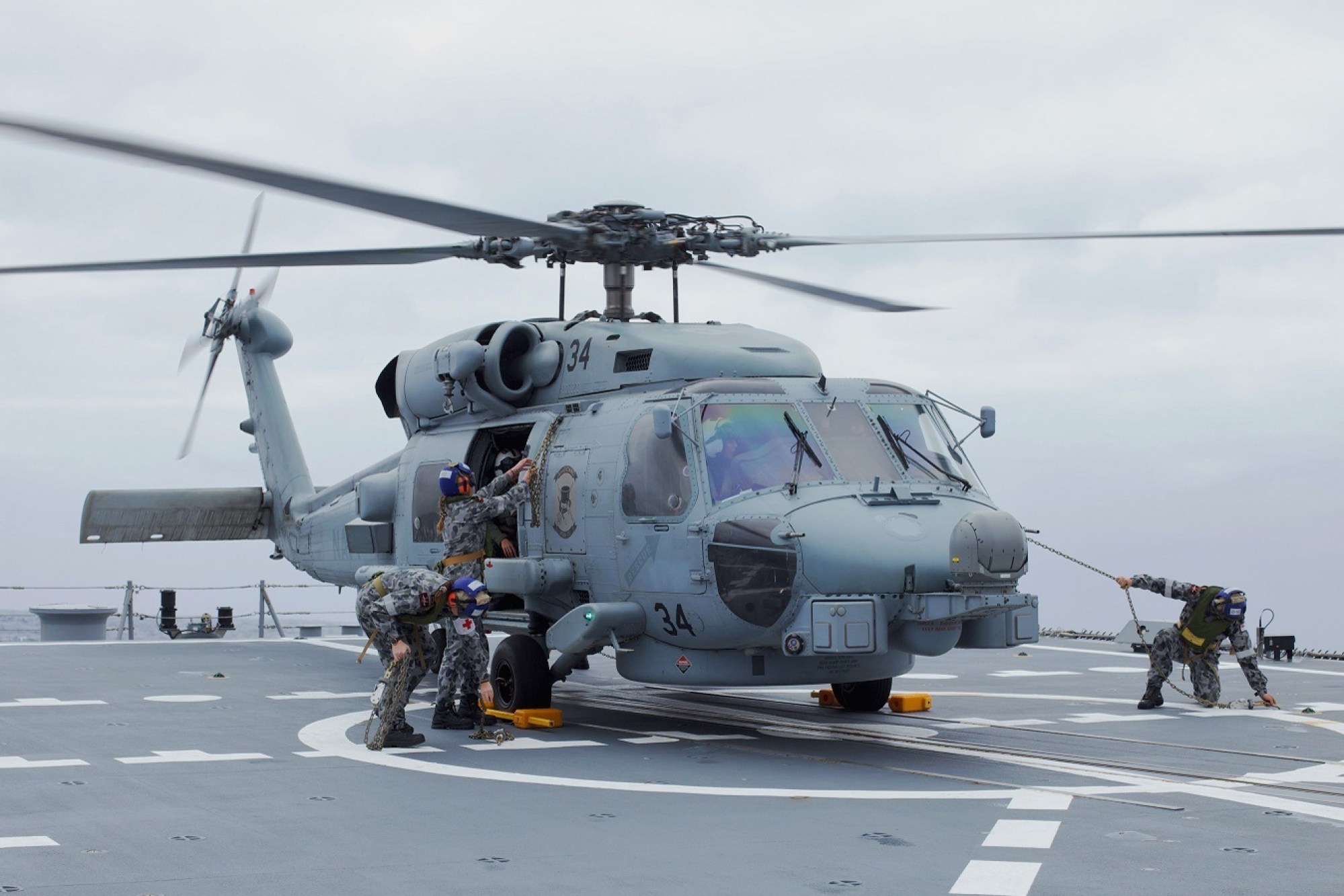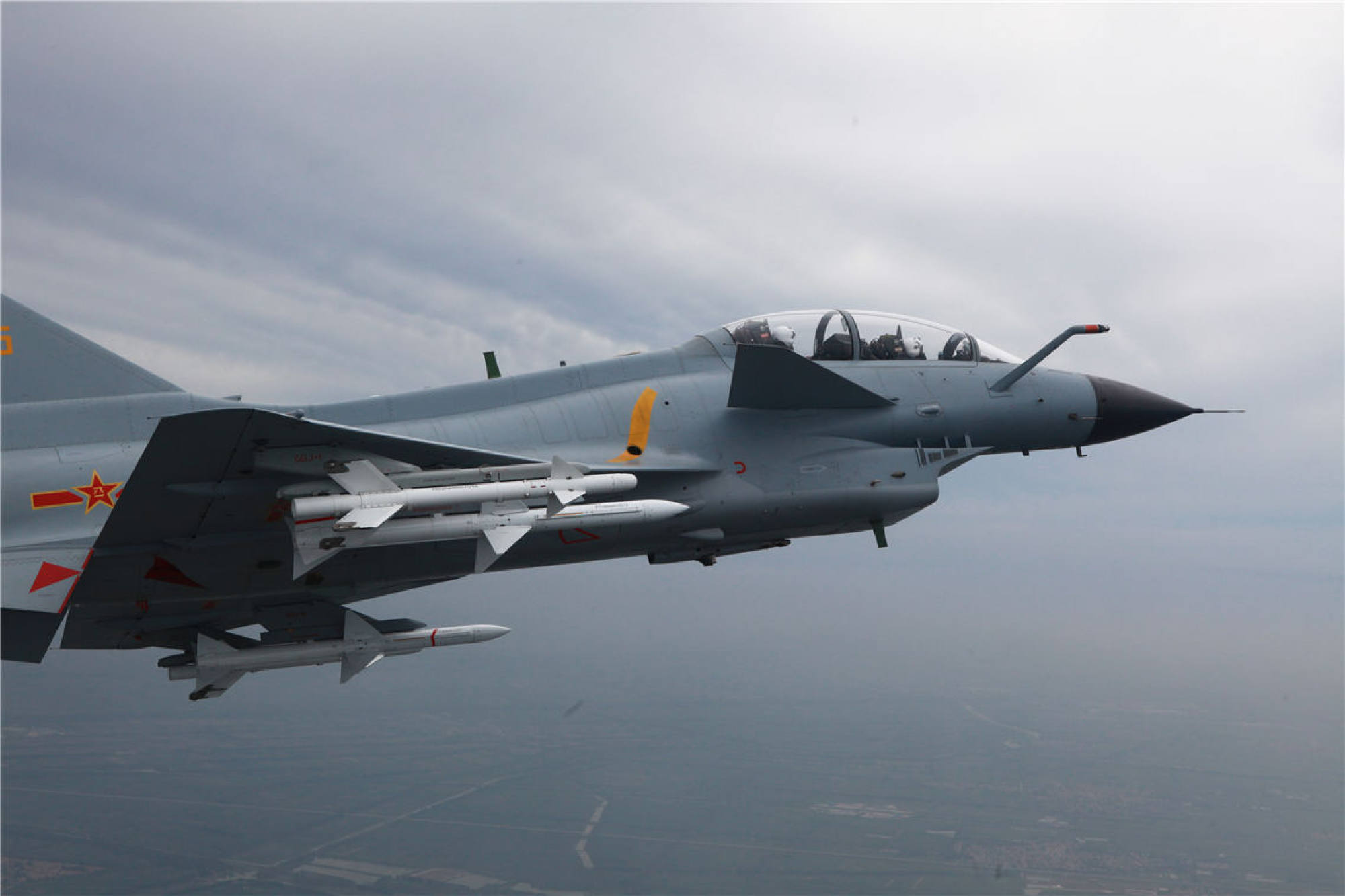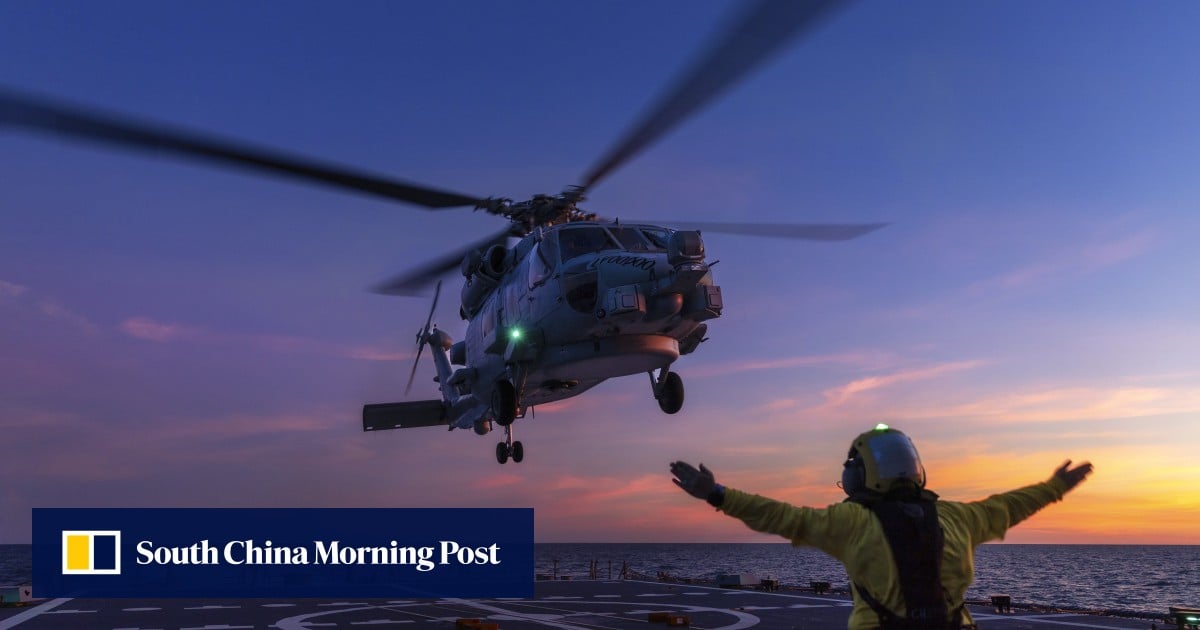China said on Tuesday that one of its fighter jets had warned off an Australian military helicopter in the Yellow Sea because it was “disrupting” a naval exercise, after Washington and Canberra criticized “unsafe and unprofessional” maneuvers by a Chinese People’s Liberation Army aircraft.
Chinese Defense Ministry spokesman Zhang Xiaogang said that Australia had “mixed right with wrong,” and accused the crew of the Australian destroyer HMAS Hobart of “disrupting” its training in the Yellow Sea.
“The operations to warn and force others to leave carried out by the Chinese military were lawful, reasonable, professional and safe, and fully consistent with international law and practice,” Zhang said.

The incident occurred on Saturday while the ship HMAS Hobart was implementing UN Security Council sanctions against North Korea in international waters in the Yellow Sea, according to the Australian Department of Defence.
Australian Defense Minister Richard Marles said a Chinese Chengdu J-10 fighter jet intercepted an Australian Navy Seahawk deployed from Hobart and released flares along its flight path in an “unsafe and unprofessional” maneuver.
“We will not be deterred from engaging in legitimate activities and activities that exist to enforce UN sanctions with respect to North Korea,” Marles said.
There were no reports of injuries or damage, but Marles said Canberra had officially expressed its concerns about the incident while the destroyer continued to operate in the area.
He said the Australian Defense Force personnel were “in international waters [and] international airspace,” he said, adding that Canberra had made “very strong representations at every level to China.”

Australia has been sending naval ships and aircraft to the region to carry out sanctions enforcement missions against North Korea since 2018.
The Canberra statement did not mention any Chinese training near the site of the incident.
“I will let the Australian government speak for itself but it is quite clear, given your presence and operations here, that you will continue to do the same and we will support you in doing that.”
The incident occurred a month before Chinese Premier Li Qiang’s expected visit to Australia in June, amid growing rapprochement between the two countries after years of tense relations and trade disputes.
Last month, Australia conducted its first-ever joint naval exercises with the United States, Japan and the Philippines in the South China Sea, prompting China to conduct air and sea patrols in the disputed waters in response.

“Unapologetic tv specialist. Hardcore zombie trailblazer. Infuriatingly humble problem solver.”







More Stories
Stand News editors convicted in sedition case
Latest Baysail sinking: Mike Lynch’s wife ‘didn’t want to leave boat without family’ as crew investigated
WFP halts Gaza operations after repeated shooting at aid vehicle